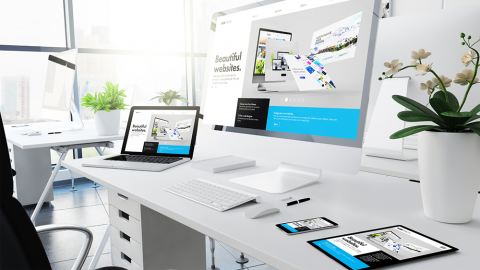Managing WebDev Client Expectations, Part 6

Client expectation management must be done at all points along the way in the long webdev process. Content and functionality provide two potential friction points. To head them off, a sitemap needs to be developed based on client input. This is usually part of the wireframing process. The client needs to specify any specific functionality required at the outset, before the sitemap is completed, since some of that functionality may affect how pages are built and linked.
One of the stickiest points in the webdev process, responsible for much client dissatisfaction, is the lack of clear understanding by both parties about how content will be created. Clearly, content basic points should be supplied by the client—the expert in their field—in a form that can be easily used. But the devil is in the details from there on.
To begin with, you must get the client to supply all text, photographs and video in electronic format. If they can’t or don’t know how to do that, have your project manager work with their liaison to find a resource to help them.
To make things clearer for everyone, you’ll need to ascertain and make all parties involved aware of:
Text Content
- Who is supplying the text?
- In what Web-ready format?
- How will it get to your copywriter?
Image & Video Content
- Who is supplying the images?
- In what Web-ready format?
- Will they require any editing?
- If so, who will be responsible for that?
What method or tool do you have to capture and track these assets?









